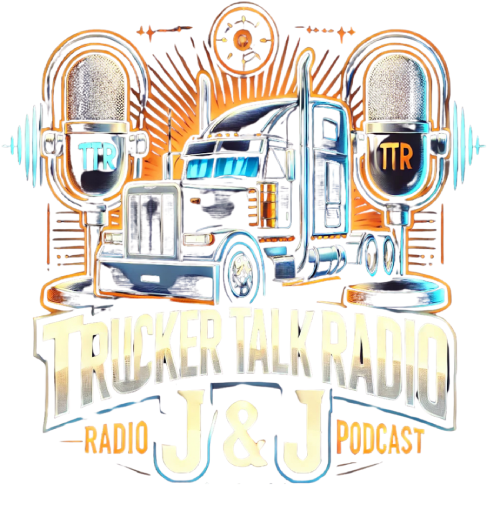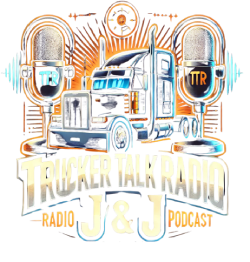Red Lorry on M1 motorway in motion near London
getty
The political landscape in the US has grown more divided, yet attitudes toward marijuana have become more unified. Presently, recreational marijuana is legal in 24 states, while medical marijuana is permitted in 39 states across the nation.
In a historic move, President Trump became the first major party presidential nominee to publicly back a state legalization initiative for adult-use marijuana by endorsing Amendment 3 to Florida’s constitution in September 2024. Trump also expressed his goal of focusing on research to categorize medical marijuana as a Schedule 3 substance and collaborating with Congress to enact sensible legislation. Nonetheless, Trump has yet to revisit this topic since his initial comments in September.
The supply chain sector is acutely aware that disruptions in one industry can cascade into others; for instance, a shortage of semiconductors can threaten automobile production.
However, the recreational marijuana industry presents a situation where its smooth operation could adversely affect other sectors, especially transportation. Economists refer to this phenomenon as a negative externality.
Given these concerns, the Department of Transportation (DOT) continues to classify marijuana as a Schedule I substance and maintains a stringent zero-tolerance policy towards marijuana use among commercial truck drivers.
In certain respects, marijuana impairment poses greater risks than alcohol. While alcohol effects generally dissipate after approximately 8 hours, marijuana intoxication can impair individuals for up to 36 hours following a single use.
Challenges in Marijuana Testing
No truck driver should operate a vehicle after consuming alcohol, recreational marijuana, or other illegal substances. The distinction lies in the duration these substances remain active in the bloodstream. For instance, a blood test can reflect alcohol presence for up to 6 hours, while breathalyzer tests can detect it for 12 to 24 hours. Urine tests also have a detection window of about 12-24 hours. In contrast, THC, the active psychoactive compound in marijuana, can be traced in hair for up to 90 days, in urine for varying lengths (1 day to over a month), in saliva for up to 24 hours, and in blood for up to 12 hours.
Testing becomes even more complex with CBD (cannabidiol) products, which are non-intoxicating and marketed for pain relief, anxiety, and sleep issues. Many truck drivers use CBD to cope with the stresses of their jobs. However, DOT drug tests can inadvertently identify trace THC amounts in some CBD products, even those labeled “THC-free.” Consequently, drivers may test positive for THC, leading to potential disqualification.
Upon testing positive for THC, a driver is immediately suspended from their driving responsibilities and must navigate a return-to-duty process, often resulting in significant costs and time delays, and could ultimately lead to job loss.
Since 2020, over 100,000 truck drivers have reported testing positive for marijuana exposure, primarily during pre-employment screenings. Those who fail random tests must enter a ‘return to work’ program, requiring a drug test for license reinstatement. However, only about 25% of those who failed have had their licenses renewed.
The Trump Administration’s Stance
Trump’s appointments to key agencies, including the Department of Justice and the Drug Enforcement Administration (DEA), will significantly influence the future of marijuana rescheduling. The topic of marijuana received little attention during the confirmation hearings for Attorney General Pam Bondi. On February 11, 2025, Trump nominated Terrance Cole as the DEA administrator, who has expressed opposition to marijuana reform.
Exploring Better Testing Methods
Hair follicle tests could present a more accurate assessment of recent marijuana use without penalizing drivers for previous legal consumption. Although the DOT has approved oral fluid tests, they are currently unavailable as the Department of Health and Human Services must authorize at least two labs for testing. Once established, trucking companies could adopt oral testing.
While urine tests have been discussed as an alternative, oral fluid tests tend to be harder to manipulate than urine tests, which can be compromised by users submitting clean urine from others.


